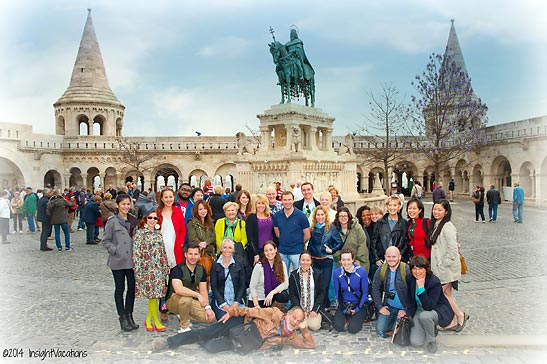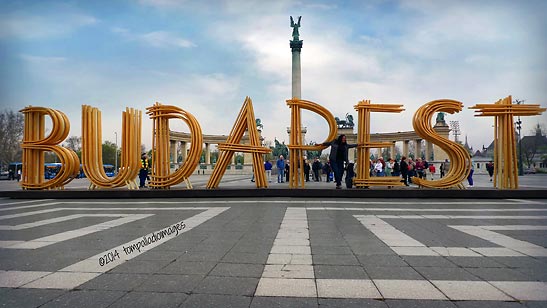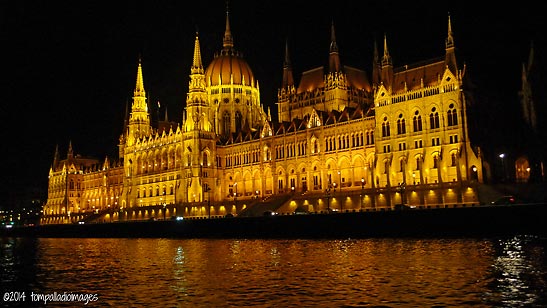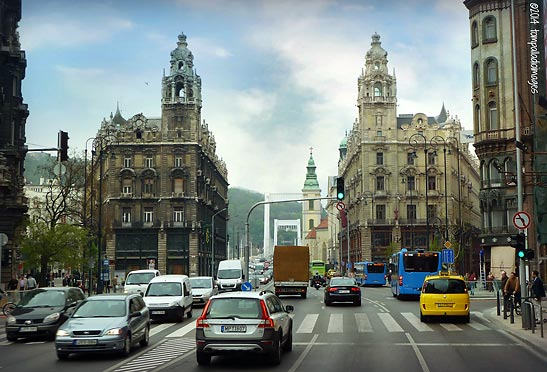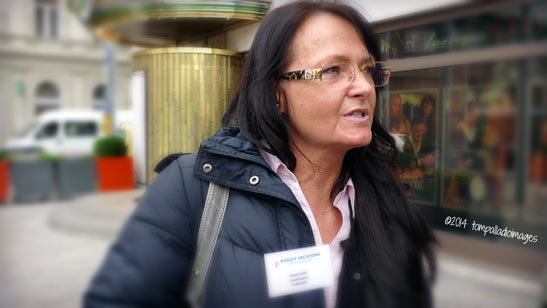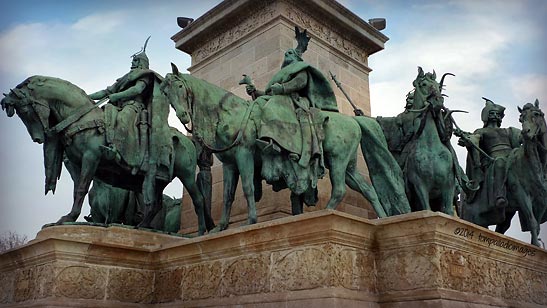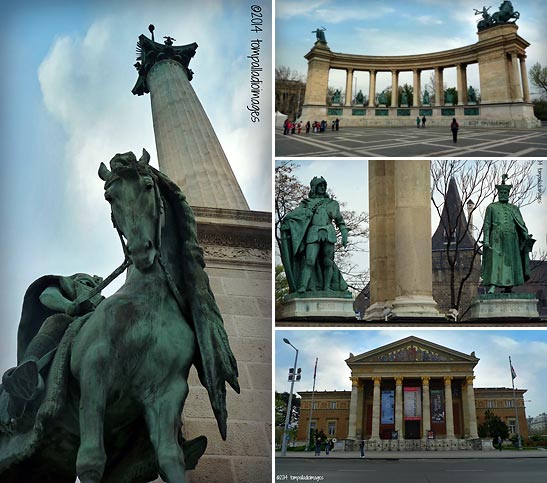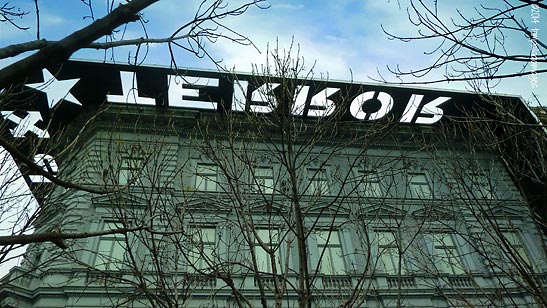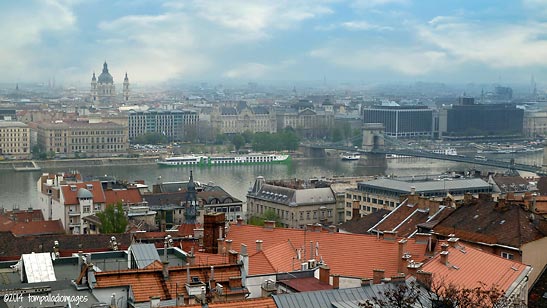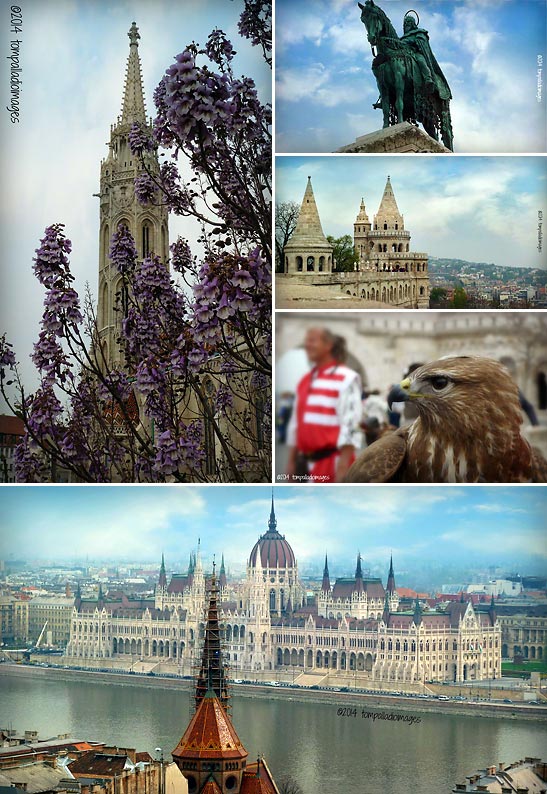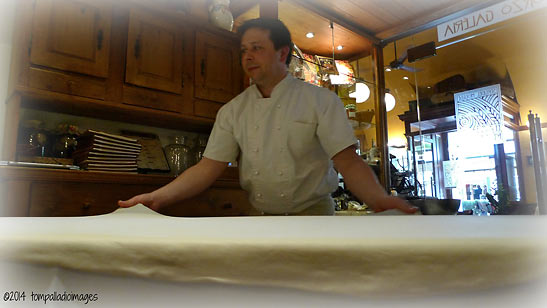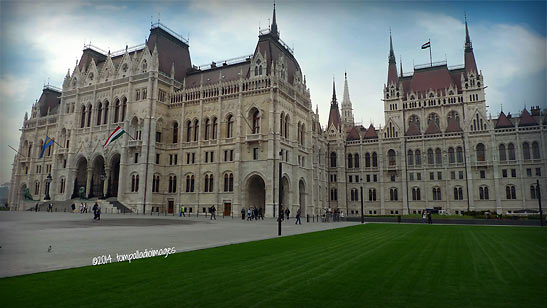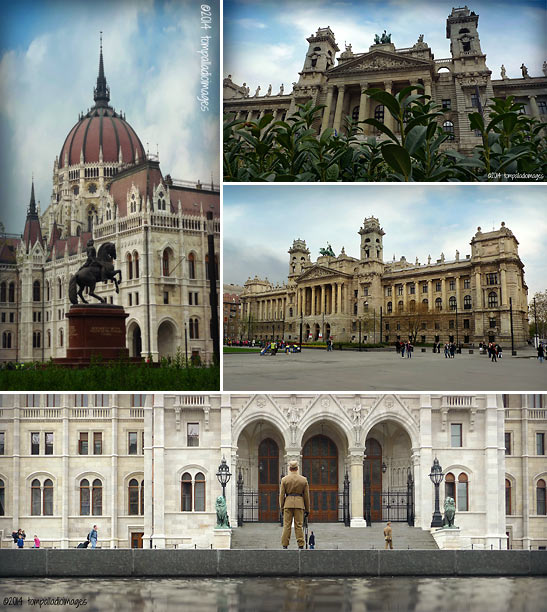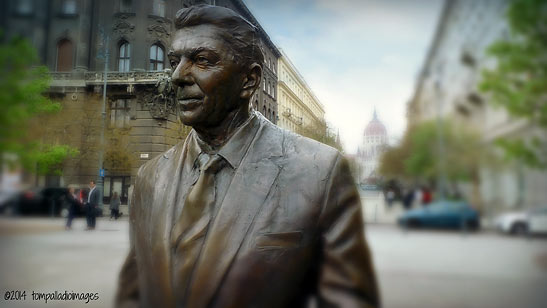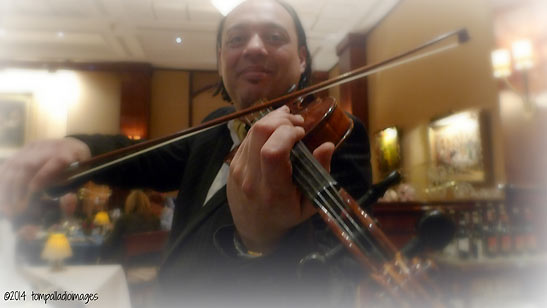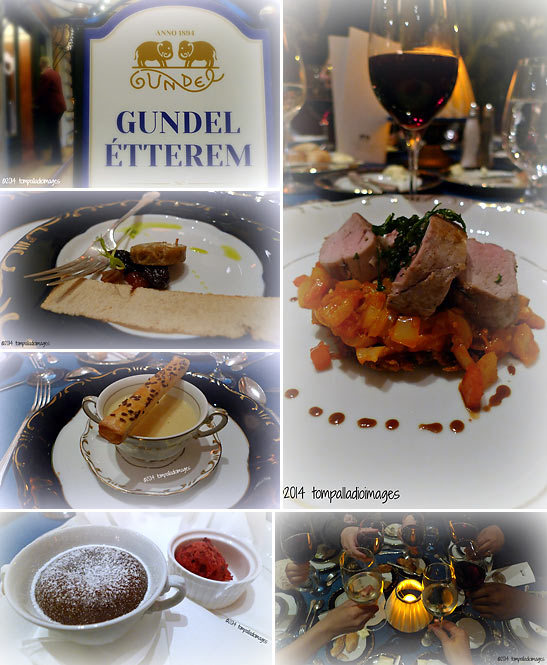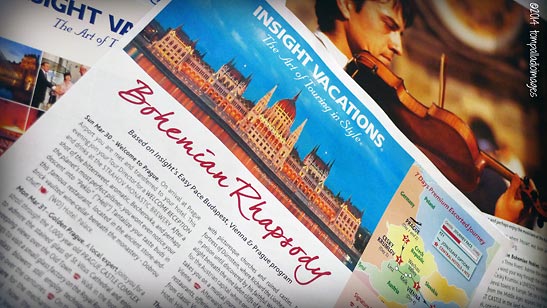|
Bohemian Rhapsody:
Discovering a Pearl Along The Danube (Dispatch #13) Story and photos by Tom Weber
And, what a finish line it is: B-U-D-A-P-E-S-T, the Pearl of the Danube.
At first glance, it appears as if the Insight travel planner, whoever he/she may be, saved the very best of this rhapsody for last. If you'll be so kind as to grab my camera kit, we can begin the final dispatch of this 13-part series.
The capital and largest city of Hungary, Budapest is actually three cities rolled into one: Buda, Óbuda and Pest. The three communities merged in 1873 to form one metropolis and it hasn't looked back since. As a matter of fact, Budapest is one of the most forward-thinking metro areas in all of Europe and doesn't lack for modern-day accolades. But, don't take my word for it.
Hailed as one of Europe's most beautiful cities, it's a bona fide UNESCO World Heritage site, from above, across and alongside the Danube. According to Euromonitor, Budapest attracts about 4.3 million tourists a year, making it the 25th most popular city on the planet to visit and the 6th most attractive travel destination in Europe. Still not convinced? A financial hub of Central Europe, MasterCard ranks Budapest third on its Emerging Markets Index; the Economist Intelligence Index (EIU) proclaims her the most livable city of Central and Eastern Europe; and, Condé Nast Traveller places the Buda-Óbuda-Pest triumvirate second on its World's Best Cities list.
As is the case with all of Insights' premium-escorted journeys, guests are not only in the capable hands of a tour director, but also enjoy insider information from local art-history guides at every major stop. And, riding shotgun here in Budapest for the rest of the day is Erica, Insights' Hungary expert, who promises to add a bit of paprika to the itinerary.
Down Andrassy Avenue we head, the city's main thoroughfare that sits above historic Line-1 of the Budapest Metro – continental Europe's first underground railway system – until we arrive at the first of many stops planned for today: Hősök tere, or Heroes' Square.
Constructed in 1896 to mark the millennial anniversary of the conquest of Hungary by the seven Magyar chieftains and their tribes, Heroes' Square is the largest and most impressive square in the city. Fronting City Park, Heroes' Square is bookended by the Museum of Fine Arts and the Hall of Art.
Back up Andrassy we go, slowing the pace every so often to get a glimpse of some of the eclectic and historic Neo-Renaissance palaces and houses lining the way, including one that now serves as the House of Terror, a museum commemorating Hungarians who were held captive, tortured and killed by the Nazi and Communist terror regimes of the last century. The House of Terror's distinctive entablature and blade walls combine to form a chilling effect, and rightly so. Thankfully, we keep moving.
The iconic Chain Bridge is our ticket across the Danube and we enter Buda's Castle District passing by the Royal Palace until our coach comes to a full stop.
We dismount and go on foot along the elevated cobble. Artisan shops line the way into the heart of the district where Matthias Church fronts Stephen I on horseback and the Halászbástya (Fisherman's Bastion). From up here – where eagles dare – you can catch some of the very best views of Pest and the Danube down below.
Lunch is on Insight's euro at Első Pesti Rétesház Kávéház (First Strudel House of Pest), a cafe-resaurant that prepares and serves up sweet and savory strudels. We're ushered into a private room for an Insight "signature" moment as a pastry chef shows us how to make proper strudel dough. It's worked vigorously, rolled out and stretched by hand to such a thinness that it's almost transparent. After the demonstration, we're served several tasty sweet strudels and strong coffee. Mmm.
With waistlines now a bit expanded, Erica, our local guide, leads the way over to Kossuth Lajos Square, the symbolic center of the Hungarian state, where we gaze upon the ornate Hungarian Parliament Building. It's the country's most famous structure and Budapest's tallest building at a symbolic 96 m – for the nation's millennium, 1896, and the conquest of the later Kingdom of Hungary back in 896.
Totaling nearly 700 rooms, the Gothic-Revivial Parliament Building, with its Renaissance-Revival dome, is surrounded by other grand public buildings and memorials, like the original Palace of Justice (now the Ethnographic Museum) and the equestrian statue of Francis II Rákóczi, a 16th century nobleman and freedom fighter and a national hero of Hungary.
On the stroll back to the hotel, guess who I run into? Ronald "Dutch" Reagan. Actually, a 7-foot bronze likeness of the 40th President of the United States standing cool in Freedom Square opposite the U.S Embassy. Like in many eastern European countries, the Great Communicator was revered in Hungary for his role in bringing the Cold War to an end.
All that's left of this Bohemian Rhapsody is the shouting, and we do just that over the hypnotic violin strings of the self-proclaimed "best Gypsy band in Europe" at Budapest's world-renowned restaurant, Gundel's. Since 1894, the house that Károly Gundel built has been serving up quality dishes wrapped in luxury for royalty, movie stars, a pope, and now our "band of merry media."
According to the New York Times, "the Gundel Restaurant has done more for Hungary's reputation than a shipload of tourist brochures." We all agree, as our plates are wiped clean and our wine glasses, sadly, stand empty for the last time.
For complete information on Insights' premium and luxury-escorted itineraries, including the Bohemian Rhapsody and 100 other journeys throughout Europe, just click HERE, or call toll free 1-888-680-1241, or contact your travel agent. Related Articles:
|
